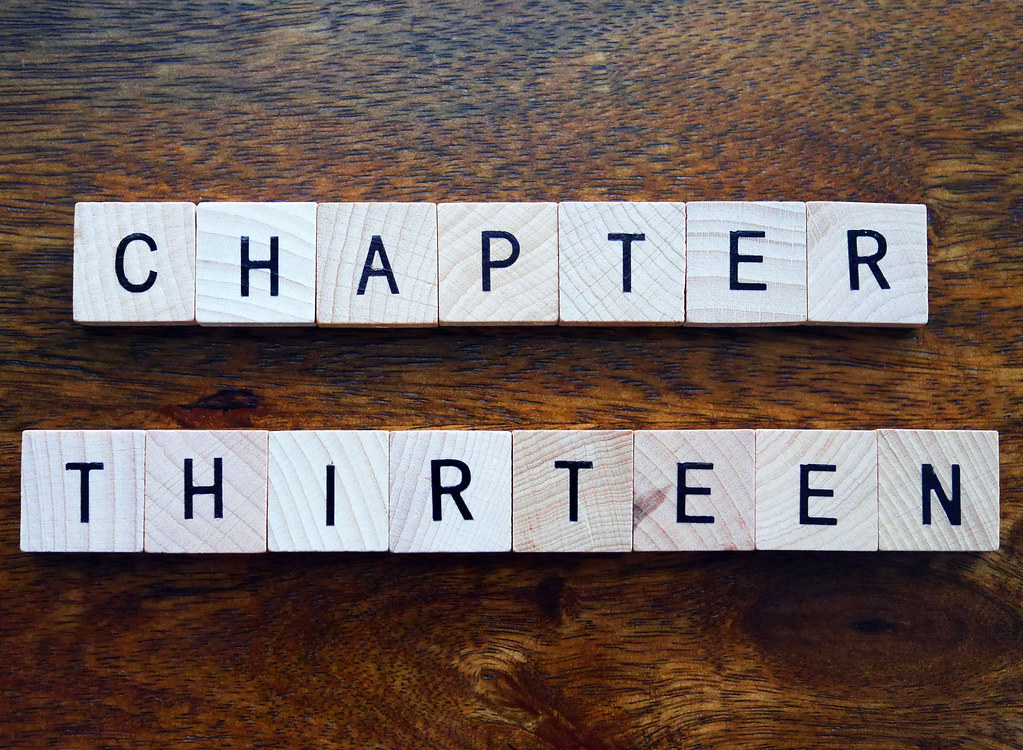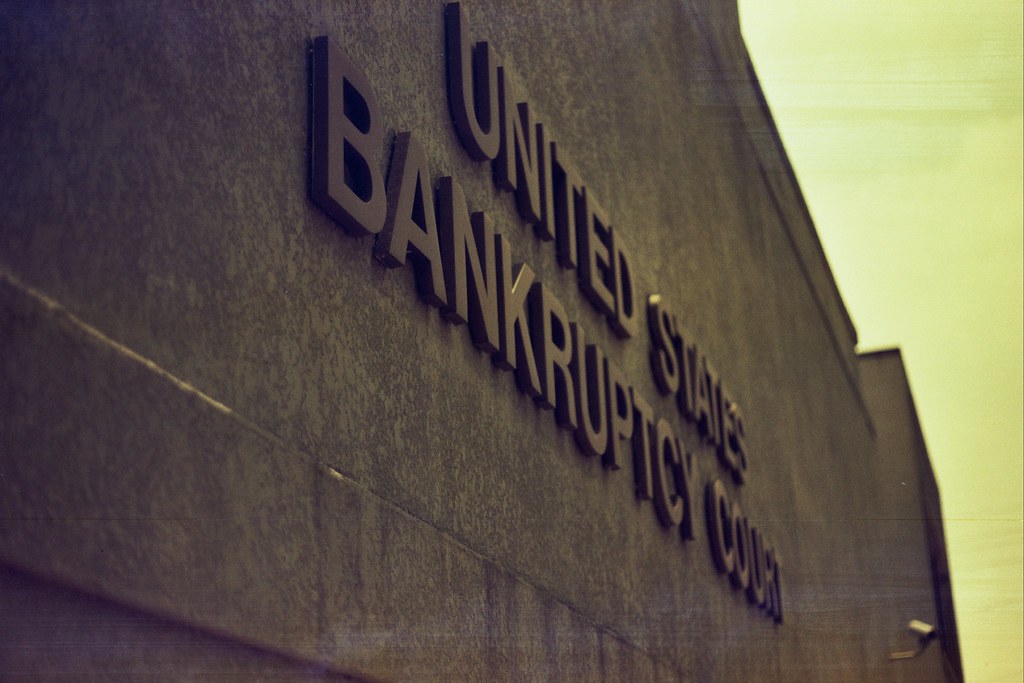
Bankruptcy
Chapter 13 is a repayment bankruptcy in which the debtor is allowed to keep most of his or her assets in return for a repayment plan taking up to five years to pay off creditors in part or in full. Chapter 13 bankruptcy does not necessarily provide that the creditor will get fully repaid during this time period. This will depend upon the debtor's income and living expenses. In no case would a plan allow the debtor to pay the creditors less than they would have been paid under Chapter 7. The advantage of Chapter 13 is that a plan is set up to allow the debtor to keep his or her assets.
The debts under a Chapter 7 are discharged fairly quickly. It is just a matter of liquidating the asset, if any after the exemptions. Most of the time there are no assets. By contrast, the debtor has to pay creditors for three to five years under Chapter 13 before the discharge. The assets of the debtor remain in the estate under the trustee for three to five year. The debtor can still use the family car, keep the furniture, but technically all his or her assets belong to the estate until the case is closed after three to five years.
Like filing under Chapter 7, filing under Chapter 13 is a lot of work. You will need to collect and copy pay stubs, bank statements, take inventory of everything you own including clothing, books and furniture. You will have to supply credit card statements, credit reports and a host of other financial information. Click Document List to download the complete document list.
This form shows the detailed information that you must provide your attorney. Click Intake Form to download.
Bankruptcy Homepage
Chapter 7
Chapter 13 Payment Plans
Debtors also have to go through the means test under a Chapter 13 bankruptcy that will determine if the discharge will be in three or five years. Until the discharge, the debtor must pay the creditors all income above his or her living expense. The debt comes up with a plan, a payment plan. But careful, it is not so advantageous to have such a low income that nothing is left to pay after living expenses because the plan will likely be rejected. The goal of the Chapter 13 is give the debtor some breathing room to make a good faith effort to pay off the creditor as much as possible.

Priority Claims
There is an order concerning who has to be repaid and who will have priority if the debtor's income is insufficient to pay all debts over the time of the plan. Secured creditors will always come first on as much of the debt equal to the value of the security. The collateral is simply sold. Whatever amount of the debt not captured in the sale becomes unsecured debt. Unsecured debt is paid according to priority as laid out by statute. In general, child and spousal support and then administrative expenses have the highest priority. Administrative expenses are expense that come about after filing bankruptcy due to the management of the estate. Then come the credit card claims, tax claims, as long as the taxing authority have not yet secured the debt, and various other claims.

